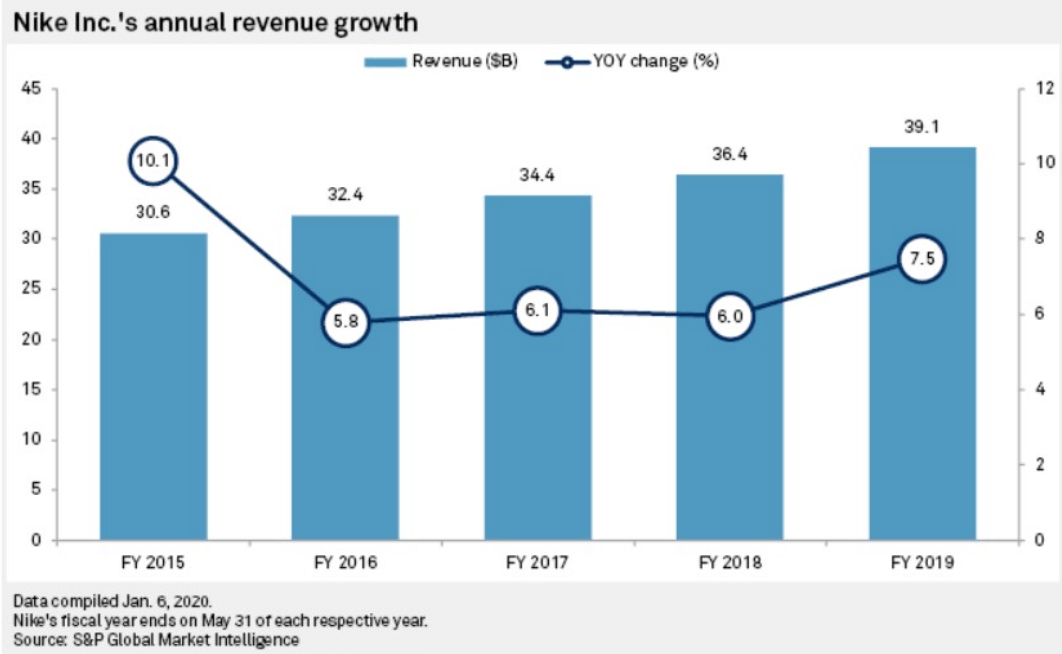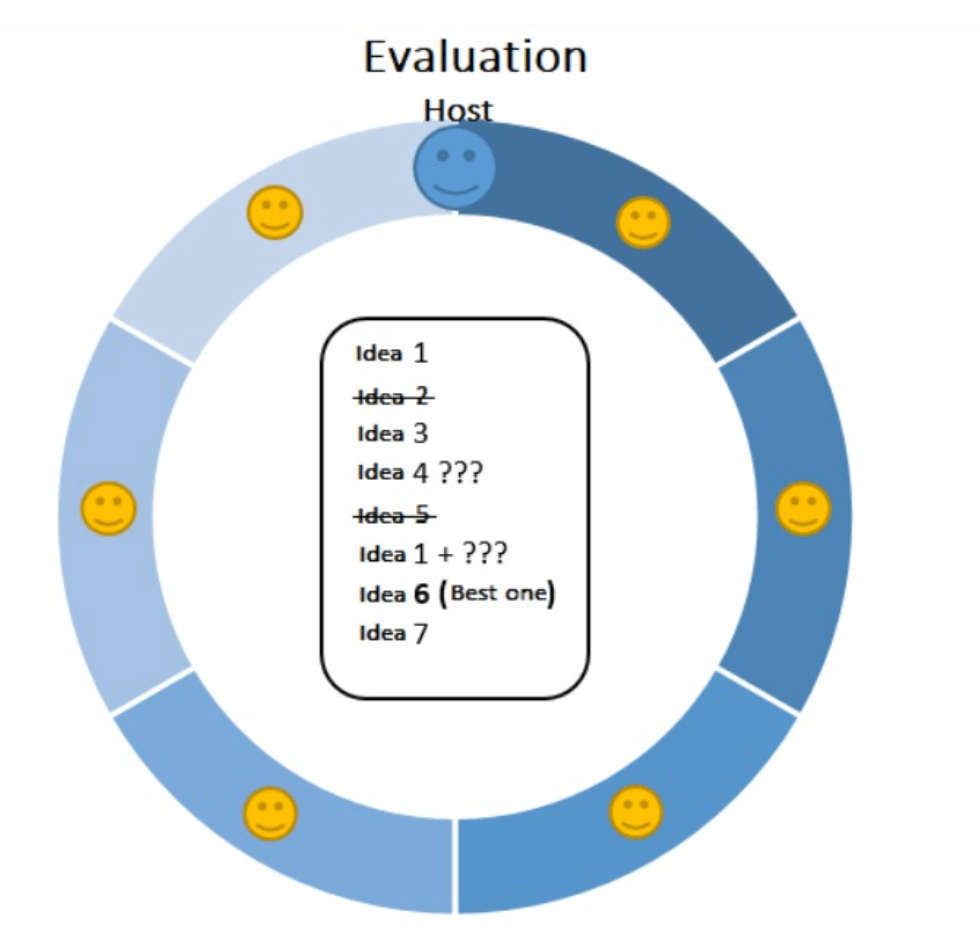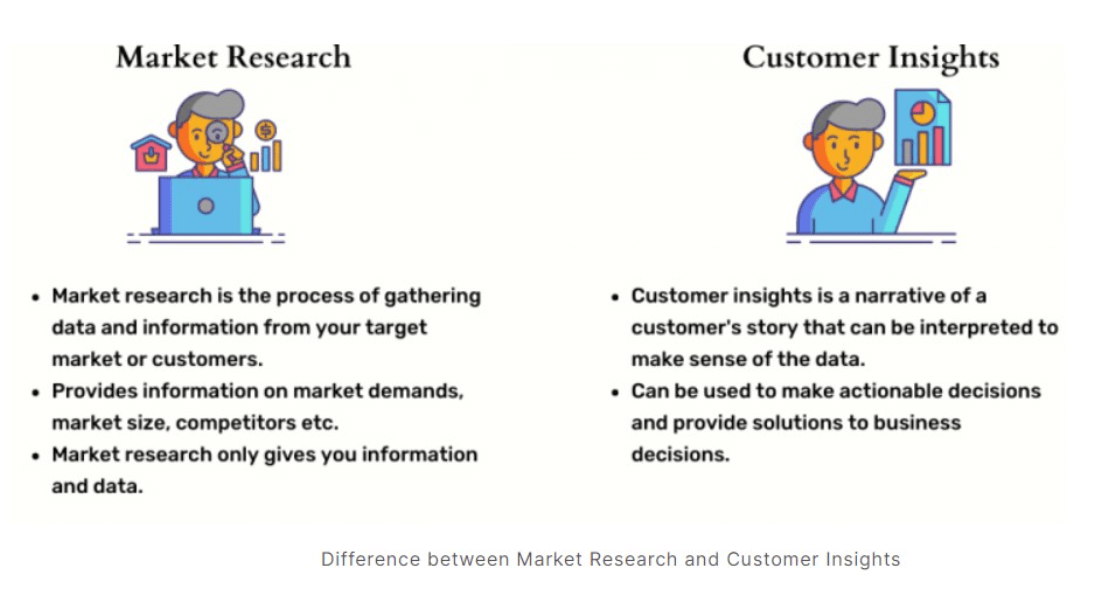Despite raising $85M in August 2021, the ridesharing and rapid delivery service company Airlift, which seemed to have a bright future for the developing startup ecosystem in Pakistan, announced that it would cease operations in the middle of July 2022. The reason was its inability to complete the funding round planned for the year.
Although it is hard to say goodbye, many businesses have no other alternative when their organizational revenue stagnates or falls. And what is the reason for that? The number one reason could be sales-marketing misalignment.
This post explains the campaign briefing and its strategies to help the sales and marketing team work toward one common goal to increase revenue.
What is a marketing campaign briefing?
Successful marketing campaigns don't just happen; they need a careful strategy. Campaign briefing is an unbeatable tool that conveys precise instructions to every team member concerning their tasks and the manner of their execution.
Campaign briefings are basic marketing campaign guidelines that point out the objective and mode in which the business will reach out to its target audience (emails, telemarketing, or advertisements). Campaign briefing becomes necessary if the firm works on its marketing campaign through an external organization. A campaign brief should tell all concerned how much the company is willing to spend on a drive and the audience they would like to target.
5 ways to brief sales team on marketing campaigns
79% of marketing leads never convert into sales and this points to the lack of lead nurturing as the primary cause. Here are five sales-driven strategies to help you:
Safeguard the bottom line via improved sales-marketing relationships
Online stores resort to omnichannel strategies to increase their market share and grow, But that can bring down sales for the retailers. For instance, Nike lost sales due to channel cannibalization and conflicts with the Amazon channel. So how did they regain the lost sales?

In 2019, Nike cut down its ties with Amazon and concentrated on a direct-to-customer initiative by selling its merchandise through its store on Amazon's Seller Central.
The conflicts between sales and marketing are common and can affect the business's bottom line. The marketing team becomes accountable whenever a marketing campaign fails to target and obtain the necessary leads. But when the company does not reach the sales target, the sales team will have to accept the responsibility for the failure.
Instead of participating in the blame game, progressive business executives of today work to resolve conflicts between the two teams to encourage the sales and marketing teams to collaborate.
Better communication between the two teams enables better content creation and marketing strategy. And the consumers will receive more pertinent and timely messaging from your business by incorporating the perception of both teams.
Engage in brainstorming sessions with the sales and marketing Team
Studies indicate that sales and marketing alignment are effective by 67% in closing deals, and collaborations between the two teams will help the organization achieve its goals by 47%.
An effective relationship means avoiding misalignment between the two teams is regular scheduling and holding brainstorming sessions with the two teams.

Give the teams ample preparation time by scheduling brainstorming sessions. The session must work to eliminate the sales process gaps, discuss prospects and communicate complex topics for white papers and webinars. Within sessions, specific issues related to marketing campaigns would be complex for the sales team to understand.
For example, explaining buyer persona and customer journey requires additional efforts from the marketing team. That's where the webinars and white papers will work to educate and eliminate misconceptions.
Get the sales personnel to open up and communicate by asking pointed questions like- what are the prospects asking you about our product? Find out the barriers for the sales team to move prospects toward affecting sales. The answers to such questions will give insights to the content marketing team to improvise on content, either by writing fresh pieces or updating existing ones to better the volume of sales.
Stop at frequent intervals during meetings to ask open-ended questions
Granted, you may be busy, but a rushed meeting with the sales and marketing team will not achieve the desired results.
Research reveals that the attention span of an average human being is as low as 8.25 seconds. The meeting could have relevant points that could increase the number of prospective buyers through effective lead conversion. But that is if the audience listens, absorbs, and adapts accordingly.

Although speakers have the habit of asking close-ended questions, like - have you understood, where the audience nods in affirmation, that cannot help in achieving what the meeting was scheduled to achieve; also, a keen listener may absorb but may have understood in a different perception.
How can the speaker know that the audience listens and comprehends? One way is to present bite-sized information and ask open-ended questions at the end of each session. That will help the audience to turn into listeners or even learners.
Leverage marketing insights for more effective sales meetings
Leveraged marketing insights help the sales team walk the first step toward a customer-centric sales approach and prepare a more informed and detailed sales presentation.

Prospects buy products that solve their problems. For a deeper understanding of the potential needs of the prospects, the sales team should be armed with customer insights gleaned from the target market or existing clientele. The aim is to cut the sales cycle through improvisation and utilizing such data to improve customer experiences.
Compile the data in tune with specific corporate objectives to solve prospects' pain points, streamline the product with new features, and maximize an existing target market.
It is good to note in this context that market research cannot help as much as customer insights. Market research helps the sales team know market shifts or trends while customer insight into the reason for the change in purchase behavior.
Reach a consensus about sharing campaign insights with the sales team
The marketing team can reach a consensus about sharing campaign insights with the sales team by acquainting itself with the client's organizational accounting structure and identifying their decision-makers and primary influencers. Teams of decision-makers or influencers make most purchases per their priorities and roles.
Innovative suppliers develop strategies to foster agreement among various buying groups, providing the right tools and training to encourage them to interact with other decision-makers. Building account maps and importing contact information from Salesforce allows field representatives to comment remotely on or update sales and marketing procedures.
Conclusion
The sales and marketing team work with one single purpose:-organizational growth. However, as the two work in separate silos that are independent of each other, it is difficult for business leaders to align the two departments.
Studies indicate that businesses with aligned sales and marketing teams will be 15% more profitable and 19% faster in revenue growth than those who don't. And one of the most efficient ways to encourage the two teams to work together is campaign briefing.


















 Follow us on LinkedIn
Follow us on LinkedIn



.svg?v=85af970283)